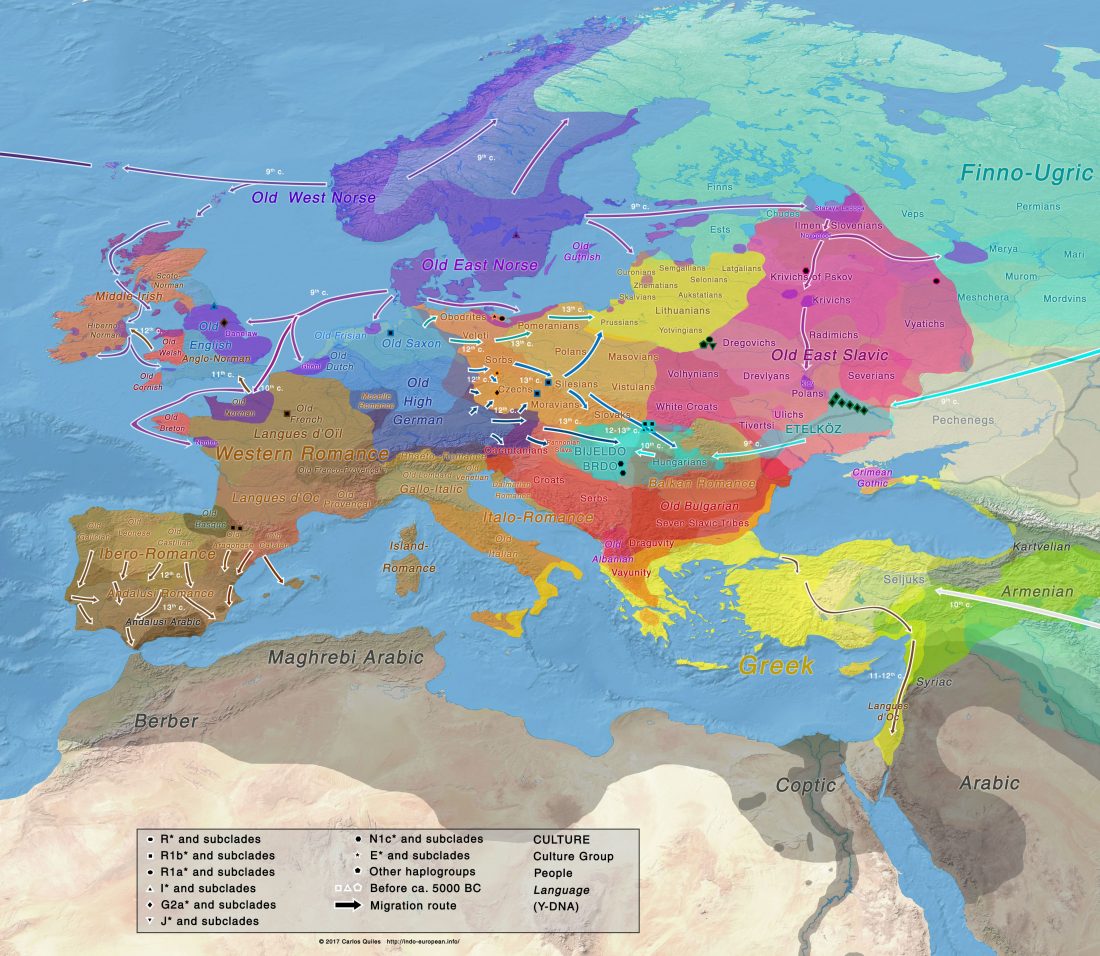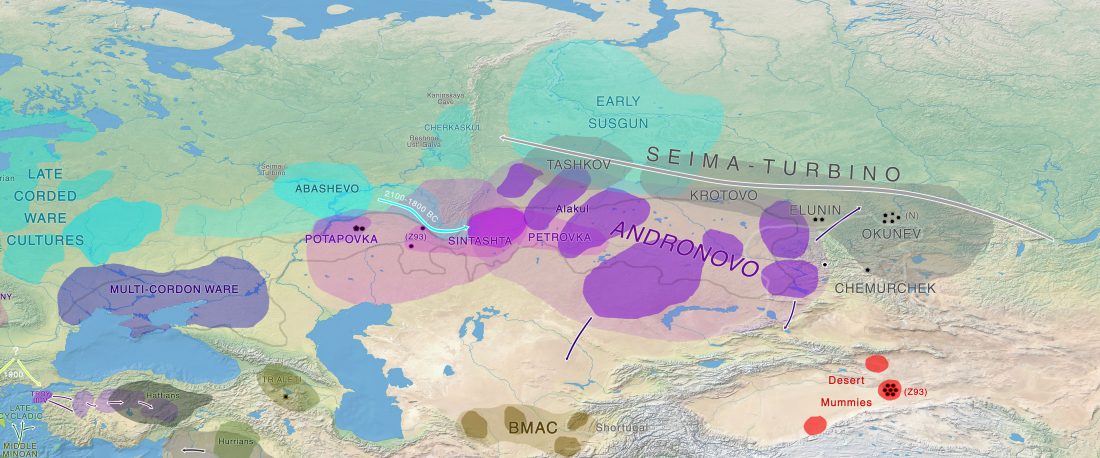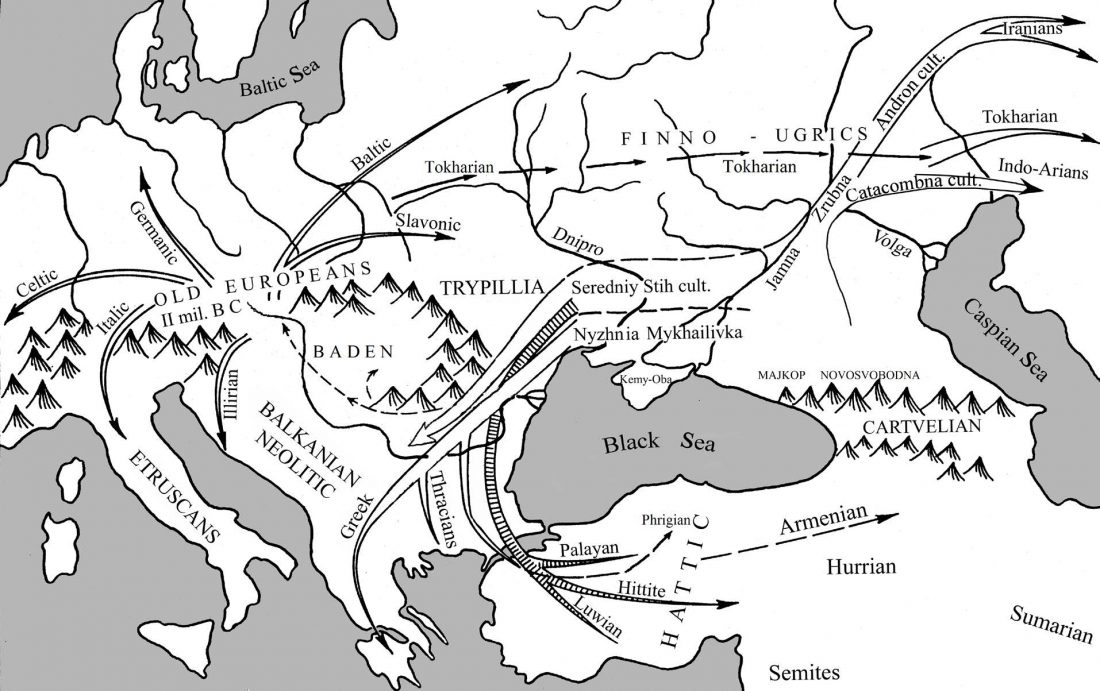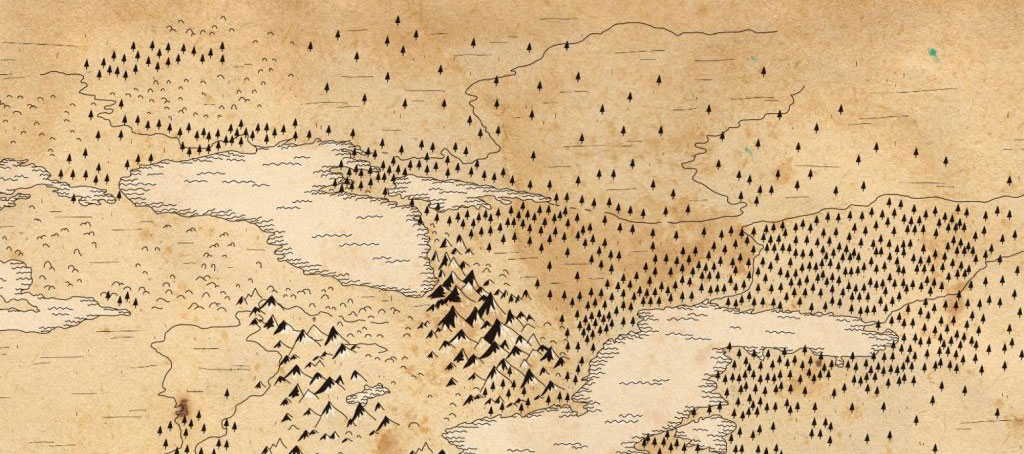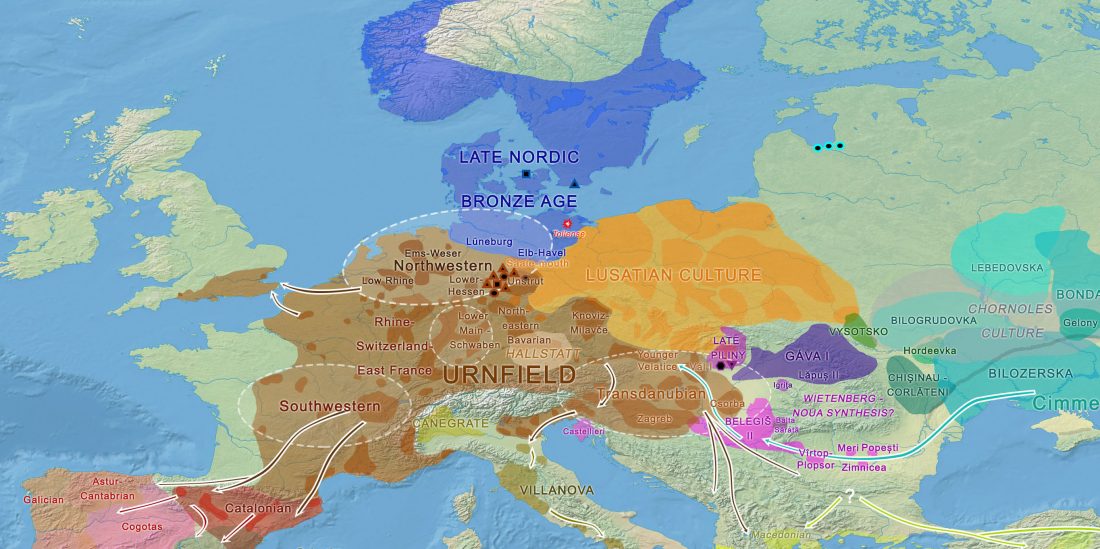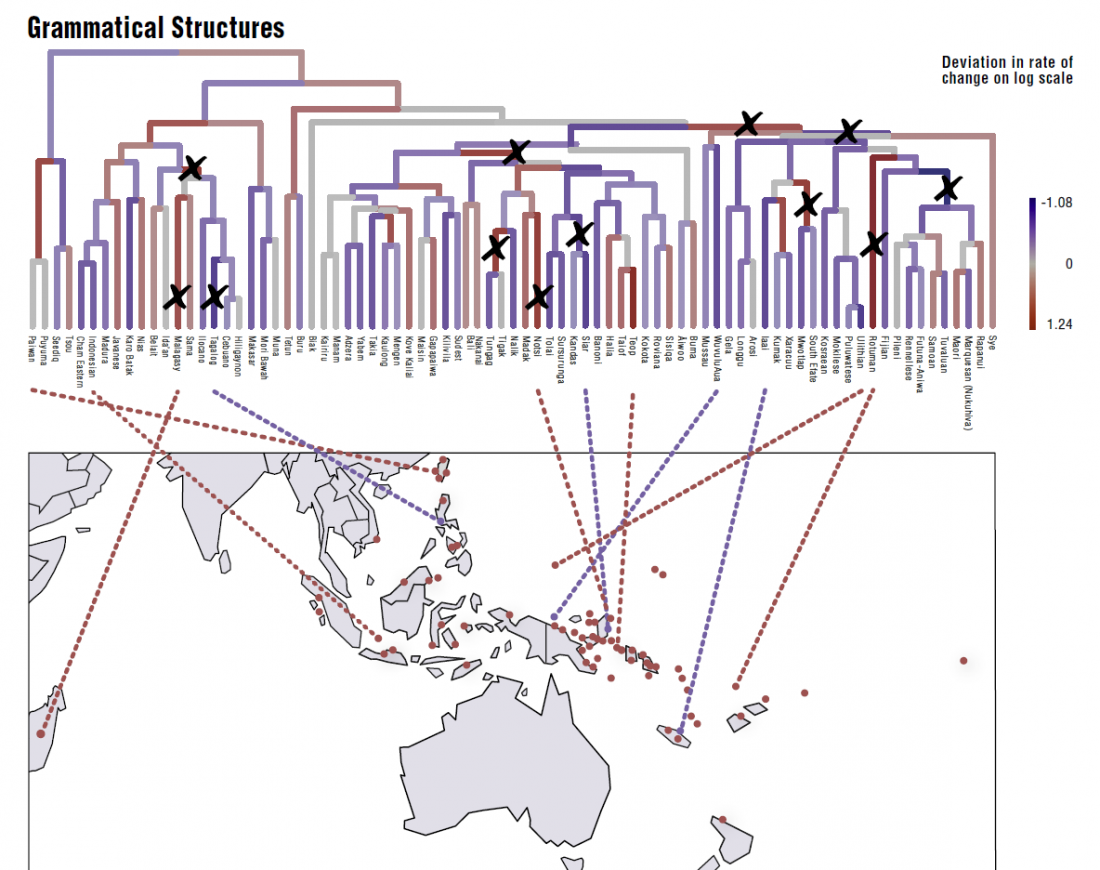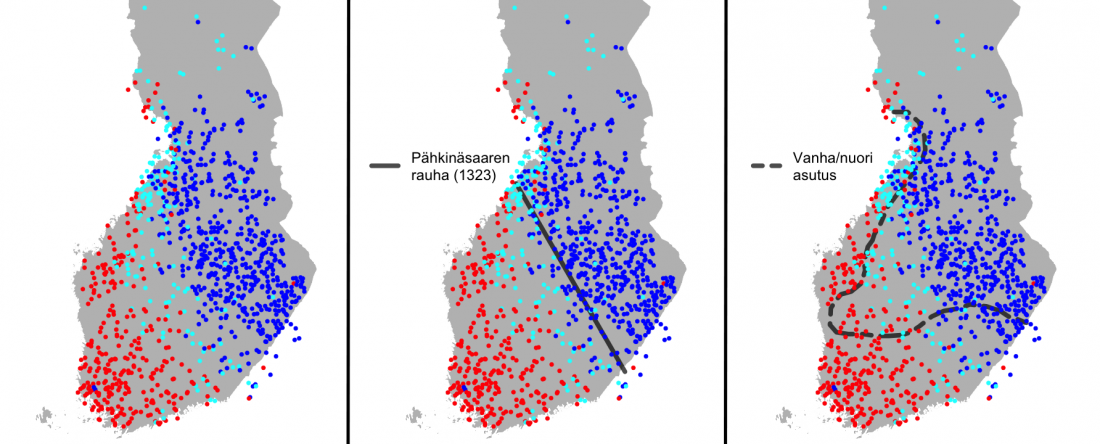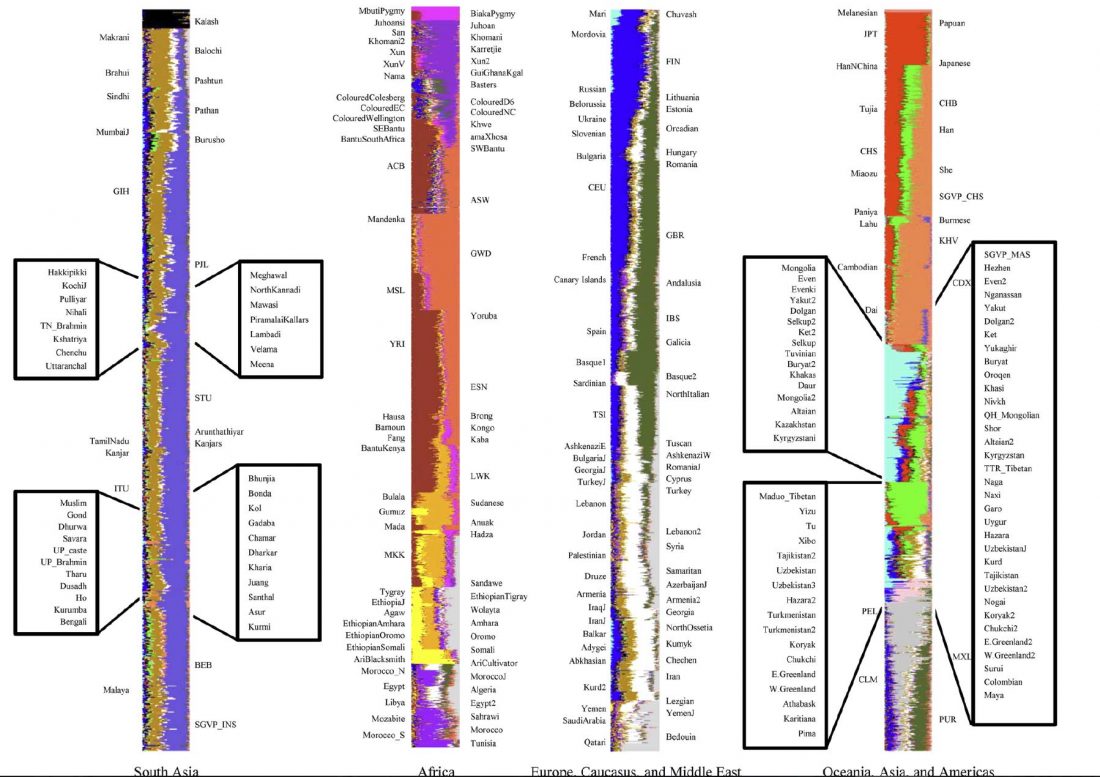Modern Hungarian mtDNA more similar to ancient Europeans than to Hungarian conquerors
New preprint at BioRxiv, MITOMIX, an Algorithm to Reconstruct Population Admixture Histories Indicates Ancient European Ancestry of Modern Hungarians, by Maroti et al. (2018).
Abstract (emphasis mine)
… Read the rest “Modern Hungarian mtDNA more similar to ancient Europeans than to Hungarian conquerors”By making use of the increasing number of available mitogenomes we propose a novel population genetic distance metric, named Shared Haplogroup Distance (SHD). Unlike FST, SHD is a true mathematical distance that complies with all metric axioms, which enables our new algorithm (MITOMIX) to detect population-level admixture based on SHD minimum optimization. In order to demonstrate the effectiveness of our methodology we analyzed the relation of 62 modern and 25 ancient Eurasian
